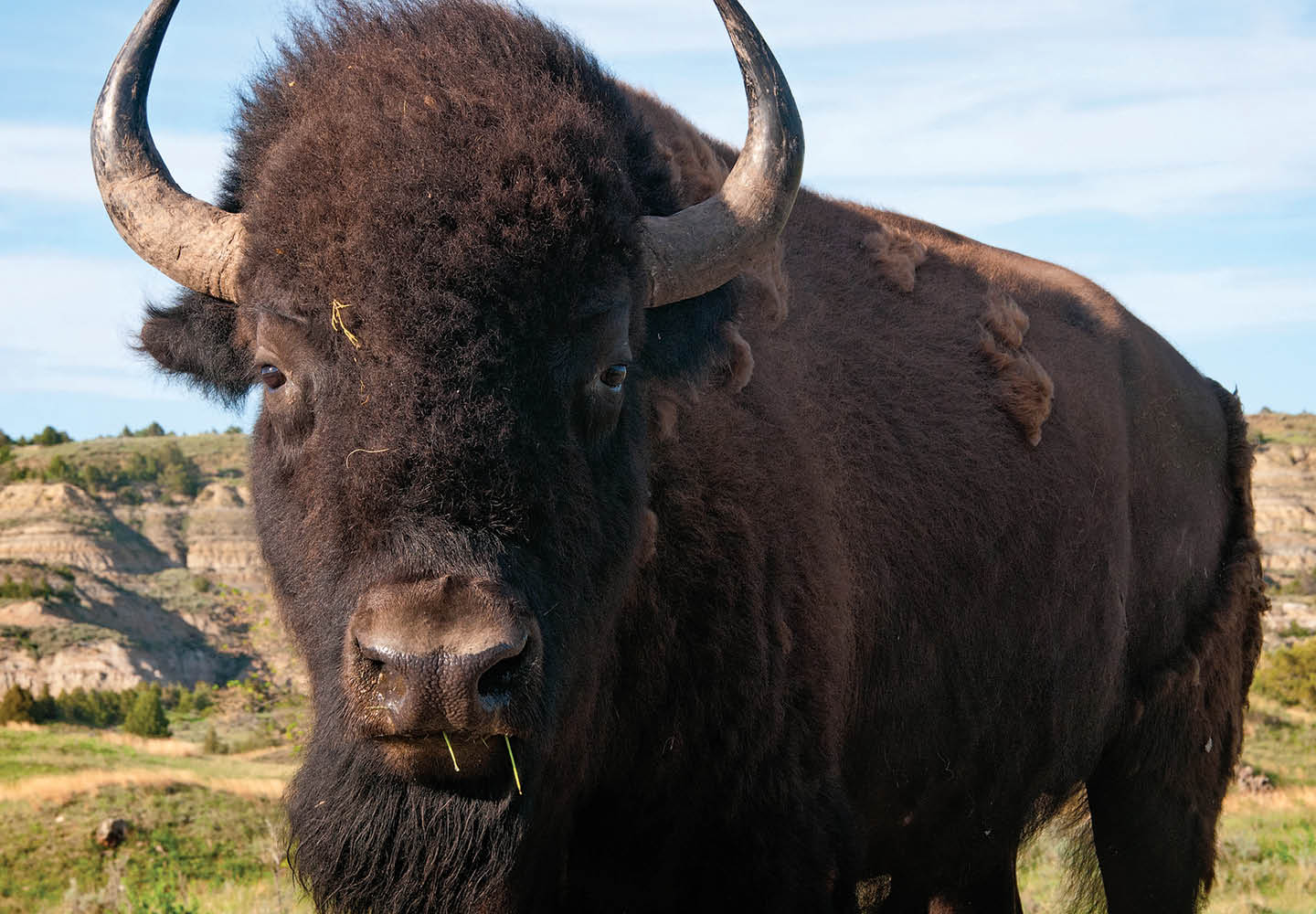The silver trailers cross the grassy plain. They roll to a stop in a line. From inside come strange noises. There’s snorting and banging. There’s knocking and scraping of hooves. These are the sounds of giant beasts waiting to break free.
One after another, the trailer doors open. Out charge 61 buffalo, or American bison. They thunder onto the prairie.
It is the winter of 2012, on American Indian land in Montana. Buffalo haven’t lived here since the late 1800s. After 120 years, these majestic animals are finally coming home.
The trailers cross the grass. They roll to a stop. From inside come strange sounds. Snorting. Banging. Knocking. The scraping of hooves. These are the sounds of giant beasts waiting to break free.
The trailer doors open. Out charge 61 buffalo, or American bison. They thunder onto the prairie.
It is the winter of 2012, on American Indian land in Montana. Buffalo haven’t lived here since the late 1800s. Now these majestic animals are coming home.
The silver trailers cross the grassy plain and roll to a stop in a line. From inside come strange noises: snorting, banging, knocking, and the scraping of hooves. These are the sounds of giant beasts waiting to break free.
One after another, the trailer doors open. Out charge 61 buffalo, or American bison. They thunder onto the prairie.
It is the winter of 2012, on American Indian land in Montana. Buffalo haven’t lived here since the late 1800s. After 120 years, these majestic animals are finally coming home.

